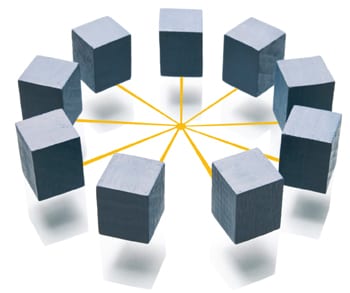
by Kathryn Campbell, Assistant Treasurer, Brady Corporation
Leading global precision manufacturer and identification expert Brady Corporation has grown substantially since 2001, largely through acquisition. Over the years, it became increasingly apparent that finance costs were increasing as a percentage of revenue compared with competitors. Consequently, treasury recognised the need to enhance processes and reduce costs to remain competitive and efficient.
Brady had an enterprise-wide performance initiative in place based on LEAN principles called Brady Business Performance System. We wanted to apply this model to our finance function to drive out cost and inefficiencies, but realised that in order to do so we first needed to standardise our processes. We had grown very decentralised and fragmented due to rapid growth and numerous acquisitions. To do this, we brought in the Hackett Group to support us in mapping out the current state and defining the future state grounded in best-in-class processes based on their experience and expertise. We made the decision to establish SSCs in Bangalore, India for financial processing, Manila, Philippines for our collections call centre and Shanghai, China to serve our Chinese locations. The SSC in India was tasked with a wide reach of responsibilities, including procure to pay, order to cash, financial planning and analysis, and treasury back-office processing. In some cases, it made sense to manage credit and collections locally, due to commercial and cultural sensitivities.
Project framework
We dedicated a specific team to the project, including a transformation leader, treasury, owners of each process and region and process specialists. In redesigning our processes, it was important to us to take a global view, including integrating our business in countries such as China and India where standardisation with other countries can be more difficult. We identified Bangalore as our primary SSC location, for a variety of reasons. For example, the level of proficiency in English was very high, it is a low-cost location and there is significant local expertise in finance and accounting skills, as well as new technologies. We also benefited from government incentives, a skilled workforce with a focus on process quality, and existing business process outsourcing. There were disadvantages that we needed to address, not least the infrastructure weaknesses, the geographic distance from our headquarters in the United States, potential political and social instability, rising labour costs, competition for resources and turnover.
Sign up for free to read the full article
Register Login with LinkedInAlready have an account?
Login
Download our Free Treasury App for mobile and tablet to read articles – no log in required.
Download Version Download Version




























